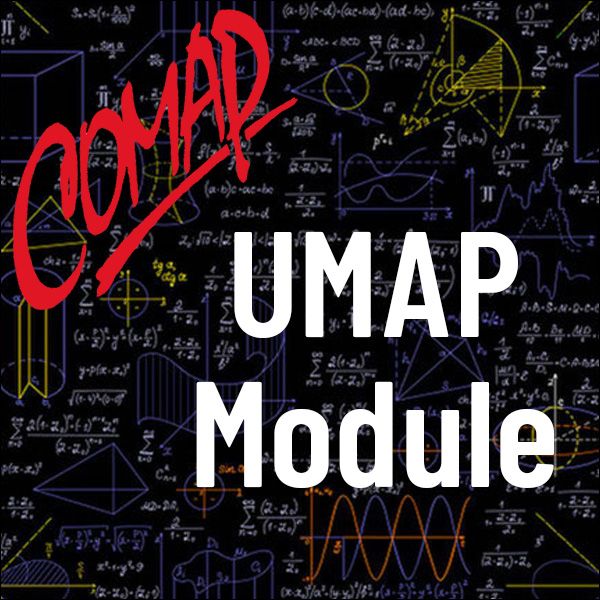Exponential Models of Legislative Turnover (UMAP)
Author: Thomas W. Casstevens
The turnover of the membership of a legislative body is described by the exponential probability distribution, where observations are made after successive elections following some starting point. The application of this model, including the estimation of the decay constant for particular cases, is illustrated by examples drawn from five countries. Students compute estimates of decay constants and draw substantive conclusions about attrition processes.
Table of Contents:
1. FIVE PROBLEMS
2. THE EXPONENTIAL MODEL OF LEGISLATIVE TURNOVER
2.1 The Empirical Point of View
2.2 The Fundamental Equation
2.3 The Probability Interpretations
2.4 Estimating the Constant
3. FIVE EXAMPLES
3.1 The U.S. House of Representative, 1965-1975
3.2 The Andhra Pradesh Assembly, 1952-1967
3.3 The British House of Common, 1935-1940
3.4 The Soviet Central Committee, 1956-1961
3.5 The Central Committee and the House of Representatives, 1956 and 1965
4. EXERCISES
5. ANSWERS TO EXERCISES

Mathematics Topics:
Application Areas:
Prerequisites:
You must have a Full Membership to download this resource.
If you're already a member, login here.